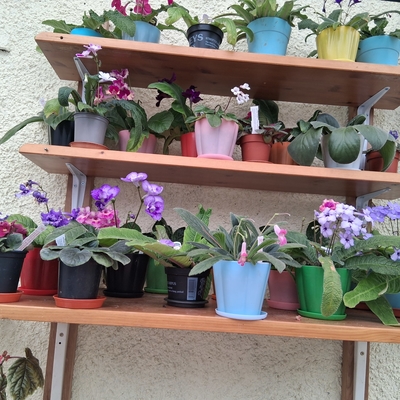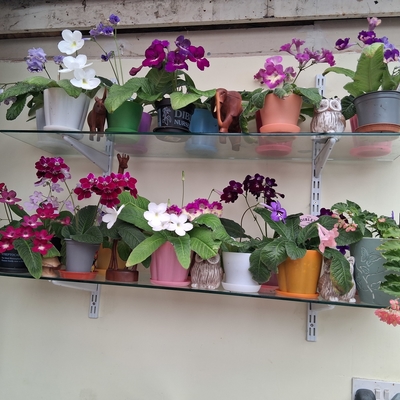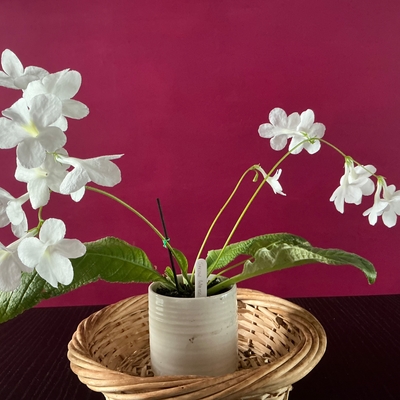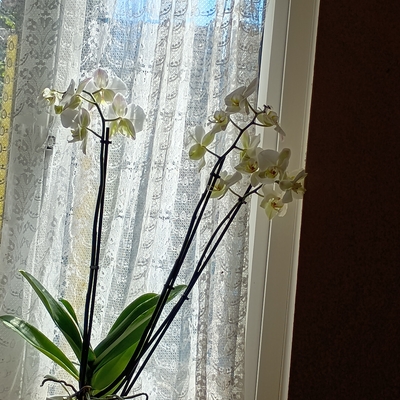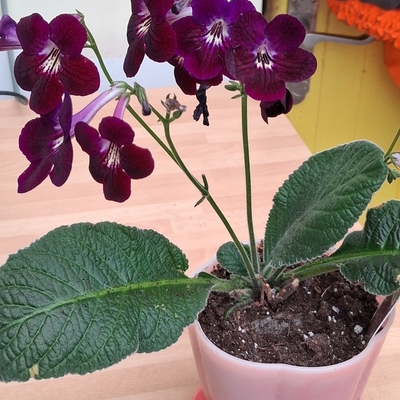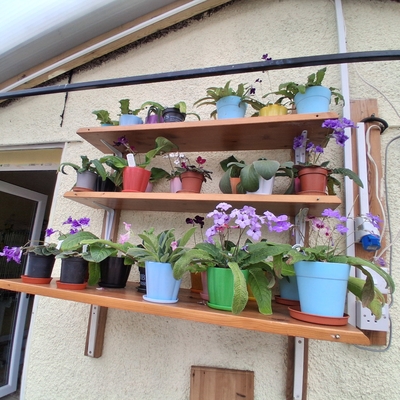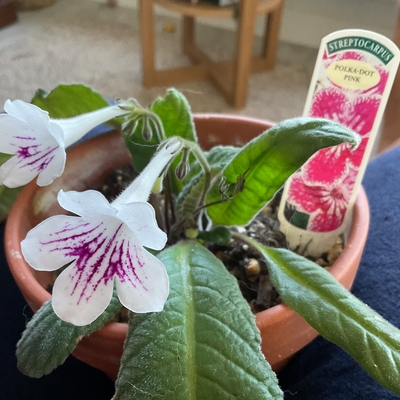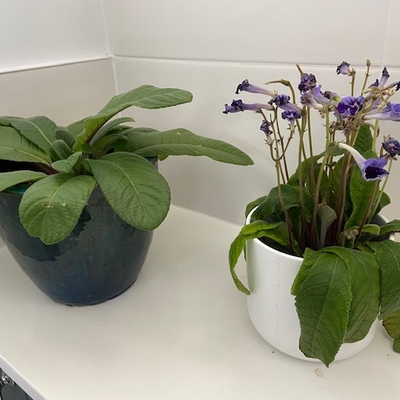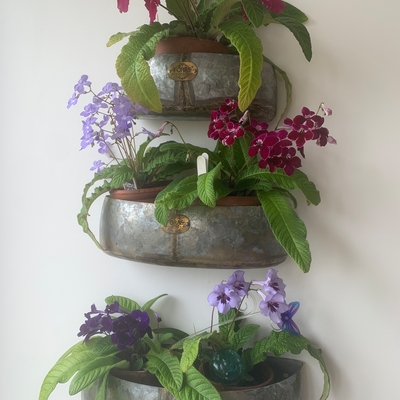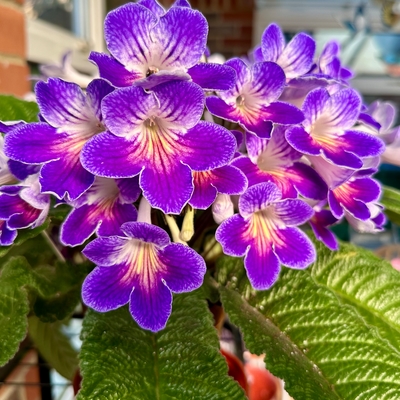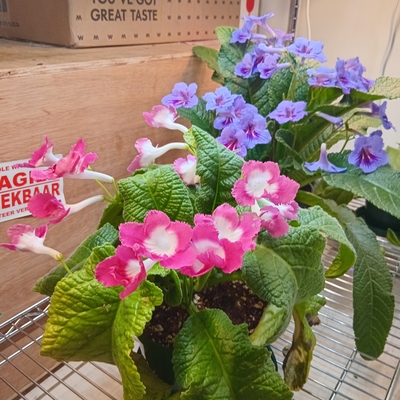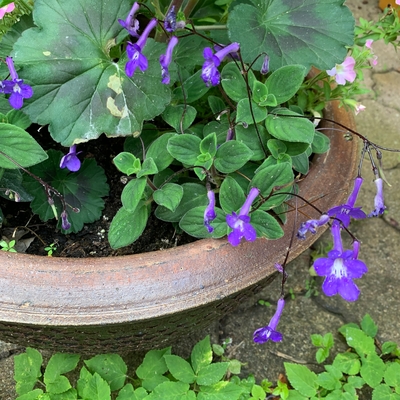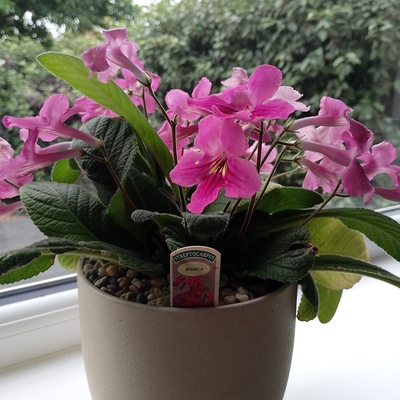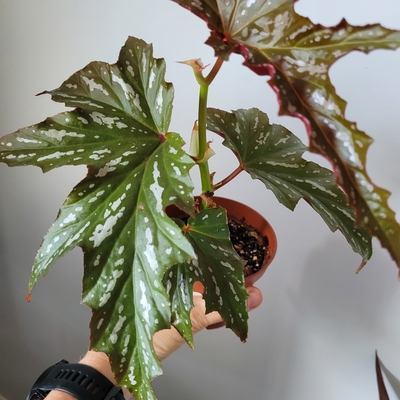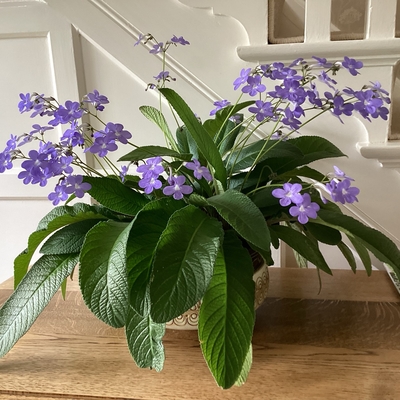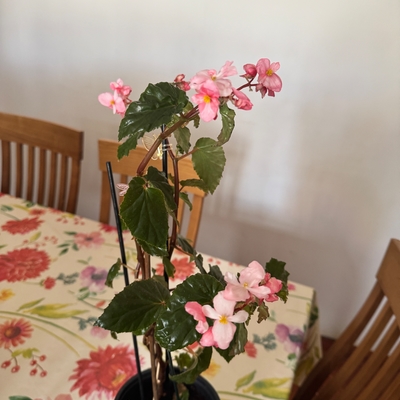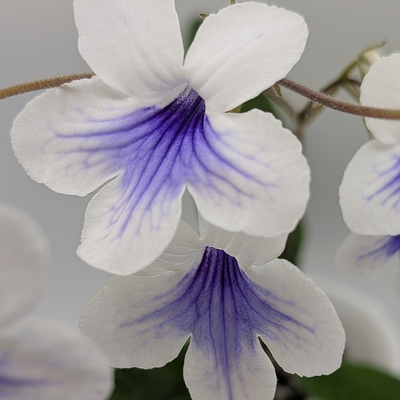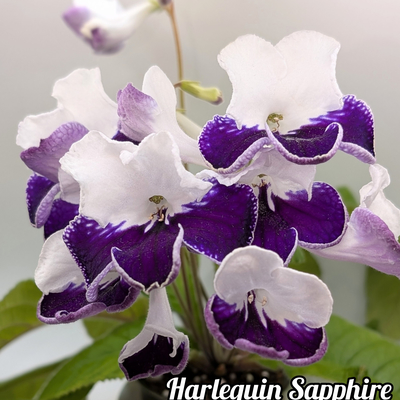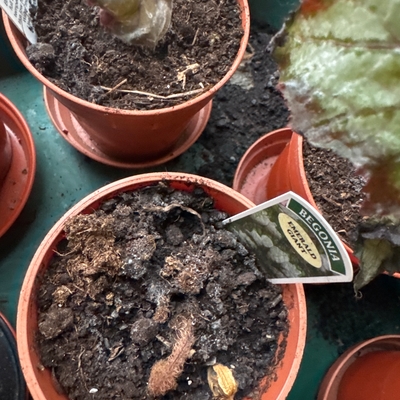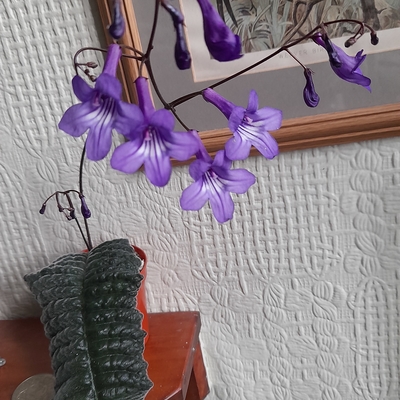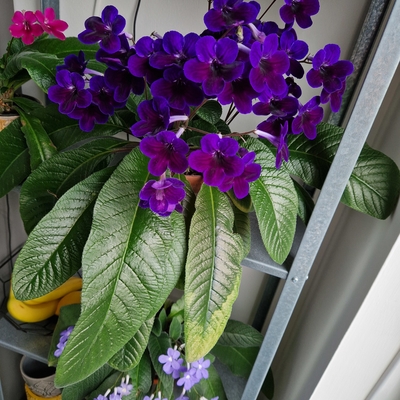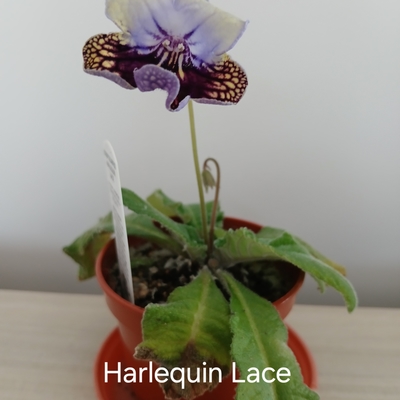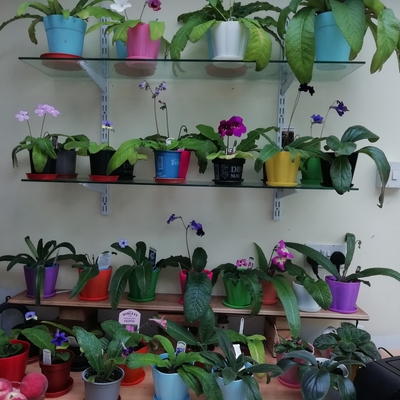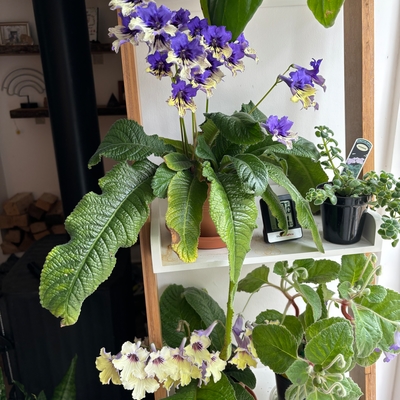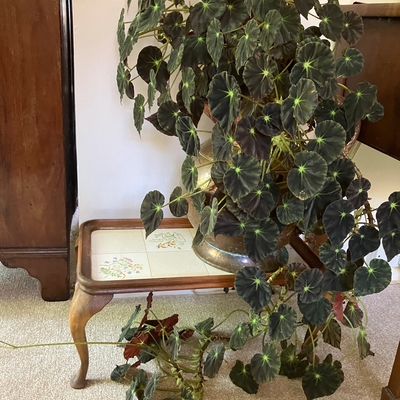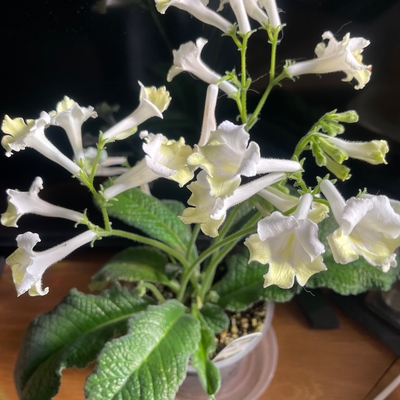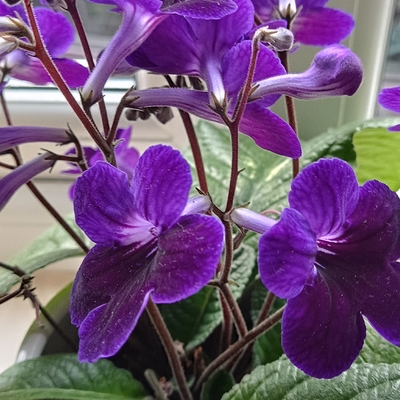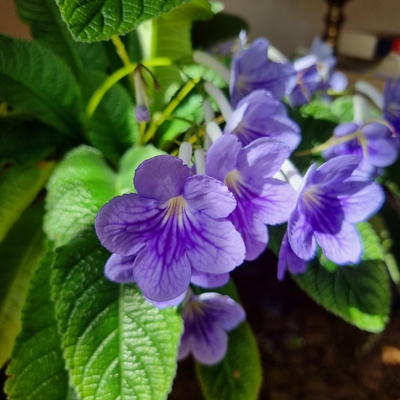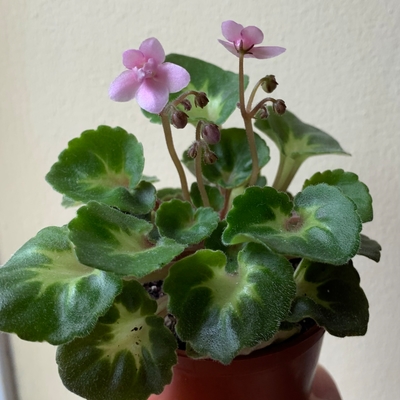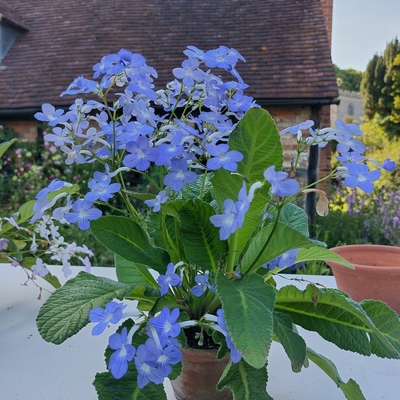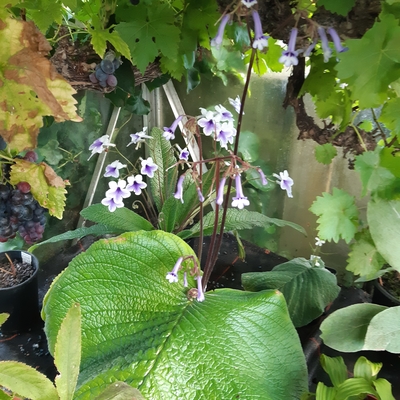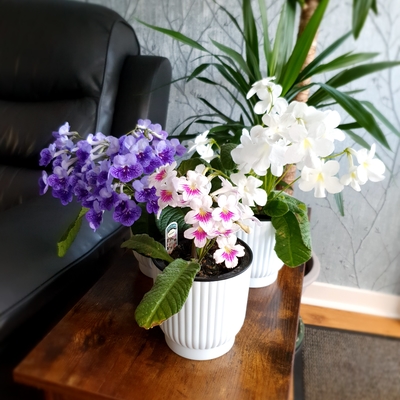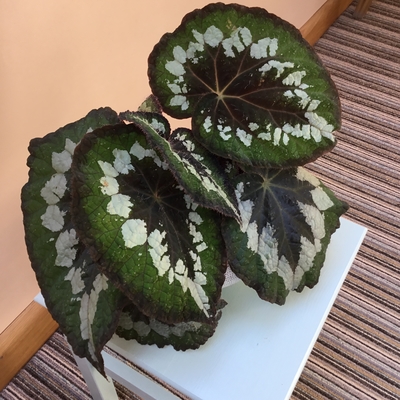Newsletter Sign Up

TERRARIUM GROWING TIPS
A Glass Container – There are plenty of unique containers from which to choose. Any container that is deep enough to accommodate the drainage layer and has an adequate depth of potting mix to accommodate plants will give your plant a higher chance of reaching its maximum growing potential.
Small Stones or Pebbles – These will be used as the base of your terrarium, and act as the drainage layer for your plants’ roots to ensure that excess water doesn’t stay within the soil and cause odour and rot. See BetterGrow Clay Pebbles
Activated Charcoal – A thin layer of activated charcoal keeps the water fresh and helps to fight off bacterial growth and odours in your terrarium. See Terrarium Activated Carbon (charcoal)
Potting Mix – Terrarium Focus Repotting Mix is ideal for both open and closed terrariums due to its superior drainage and absence of perlite.
Plants – Your choice of plant needs to be an appropriate size which will allow growth to be compact and consistent. To see a complete list of plants recommended by us, head to the terrarium section of our website https://www.dibleys-shop.com/collections/terrarium-plants
Small Gardening Tools – Keeping small tools handy will allow you to help create and situate all the items within your terrarium, especially if you cannot get your hand into the opening.
Our Step by Step Guide
SELECTING PLANTS FOR YOUR TERRARIUM
Choose plants that are small enough for your terrarium. You do not want any greenery touching the sides of the container as the plant may feel cramped or receive scorch damage from the temperature of the glass.
PUTTING THE TERRARIUM TOGETHER
You will need to consider how the terrarium will be displayed. Will it have a front and back? Or will it be visible from every angle? This will determine where the taller plants should go, i.e., at the back or in the centre. It is good practice to place the plants in the container before you start and see how they will look best together.
WATERING
Lightly water the terrarium every two to four weeks, or once the soil looks as though it has dried out. Using the stream mode of a mister or heavy misting is a good way to water, giving even coverage and allowing the soil to drain the water correctly down to the drainage layer. If you used well-watered plants, it is best not to water the terrarium for about a week or so.
TEMPERATURE
Many open terrariums can tolerate some direct sunlight. However, this heats the container and the rootzone which beyond a certain point can be harmful to the plants. Leaving terrariums in direct sunlight can cause the glass to become extremely hot which in turn can scorch the plant's leaves.
LIGHT
You should place your terrarium in an area with bright light conditions, but not in direct sunlight. If over time you notice the plants within the terrarium leaning towards the light source, this is an indication the lighting conditions are not bright enough and can cause loss of variegation. A yellowing leaf is an indication there may be too much light.
HUMIDITY
Often you may see droplets of water on the glass surface inside your closed terrarium. In this case, open the container for a day or two. It is always a good idea to open the container for one to two days after watering or from time to time, this will allow fresh air inside the closed terrarium which will aid plant growth
FEEDING & FLOWERING
Using the correct products is key to keeping your terrarium fresh and allowing the maximum growth potential:
Terrarium Focus Repotting Mix Peat Free: Designed for best results with closed and open terrariums.
Decorative Grit – Polar Ice: An ideal top dressing. Ensured the grit is washed and graded between 3-8 mm.
Terrarium Activated Carbon (Charcoal): This lightweight and highly absorbent Activated Carbon has added oxygen which increases its porosity and surface area. Made from organic material, it can absorb 100 to 200 times its weight and draws out organic chemicals and bacteria for a clean, odour-free terrarium.
BetterGrow Pruning Scissors (Straight or Curved): Ideal for pruning some of the plants within the terrarium, these Pruning Scissors encourages compactness which prevents an overcrowded display. With a choice of straight or curved blades for even finer precision.
SB Plant Invigorator: A unique 3-in-one pesticide, mildewcide and foliar feed for all plants. Controls mealybug, Spider mite, aphid and whitefly infestations. SB Plant Invigorator is suitable for use throughout the year – no harvest interval for edible crops and is safe to use at home.
Hydroponic Houseplant Focus - The complete, balanced and stabilised fertiliser, specifically formulated for plants grown hydroponically (without soil) or in any hydrogranules such as clay pebbles (leca), Lechuza-Pon etc.









































